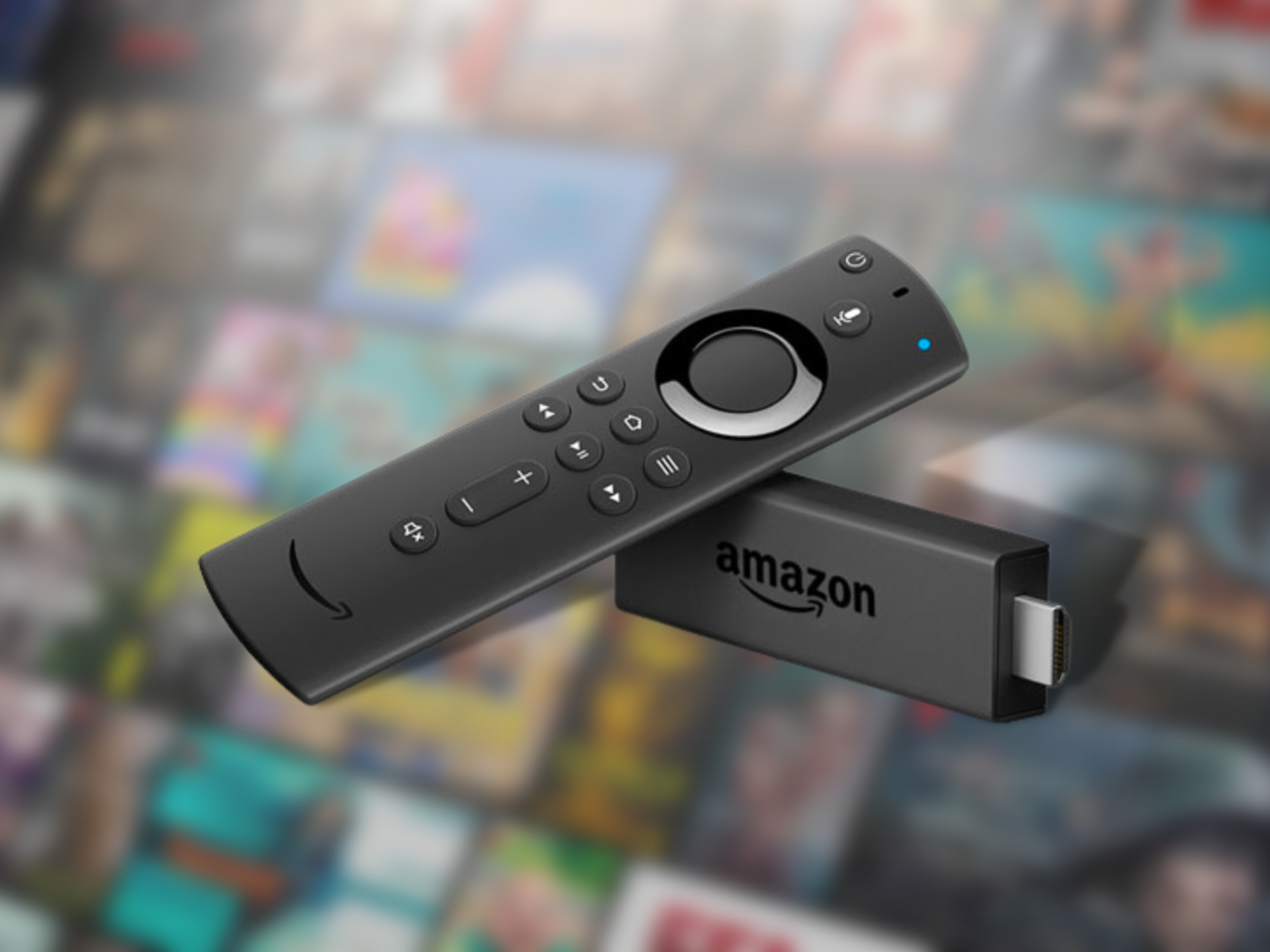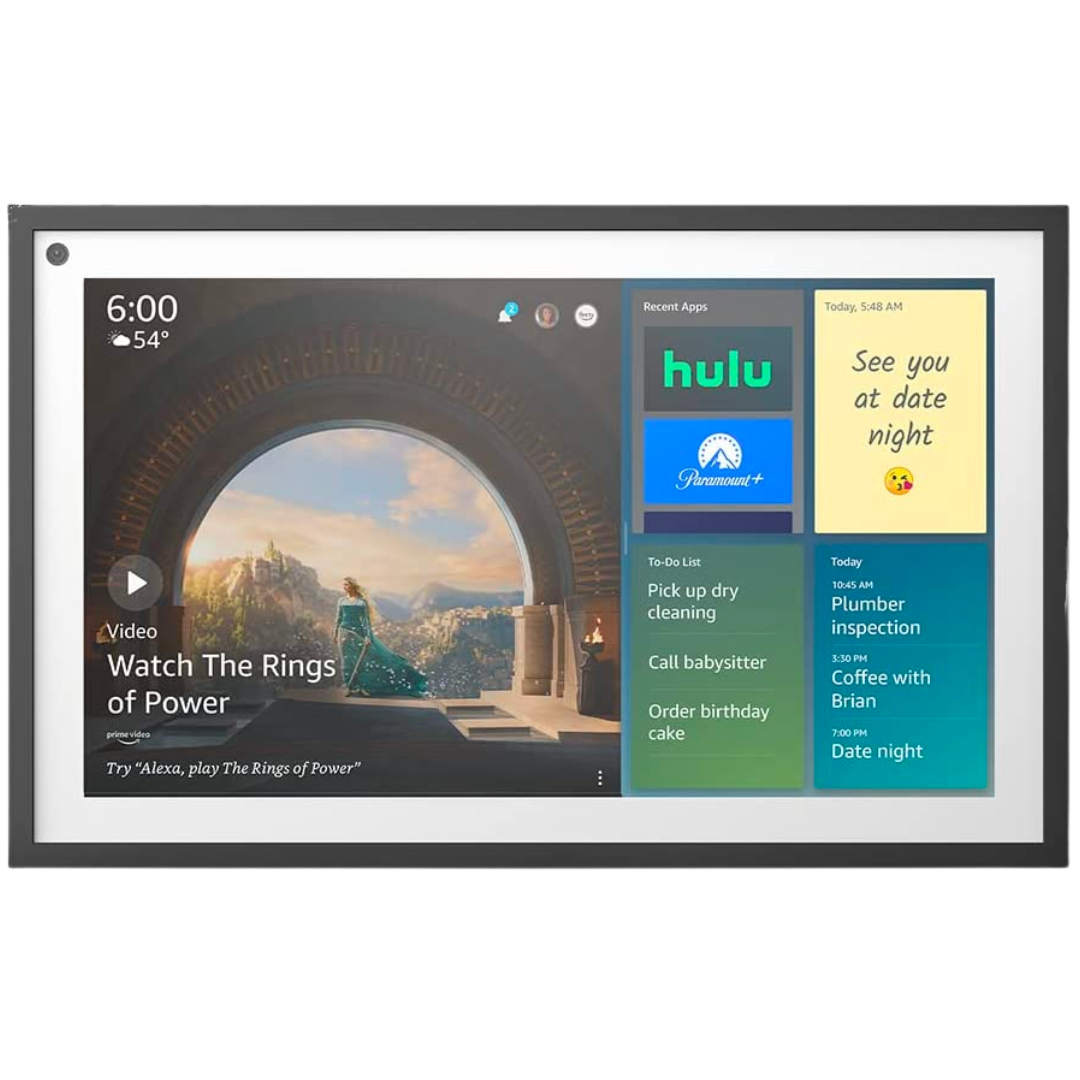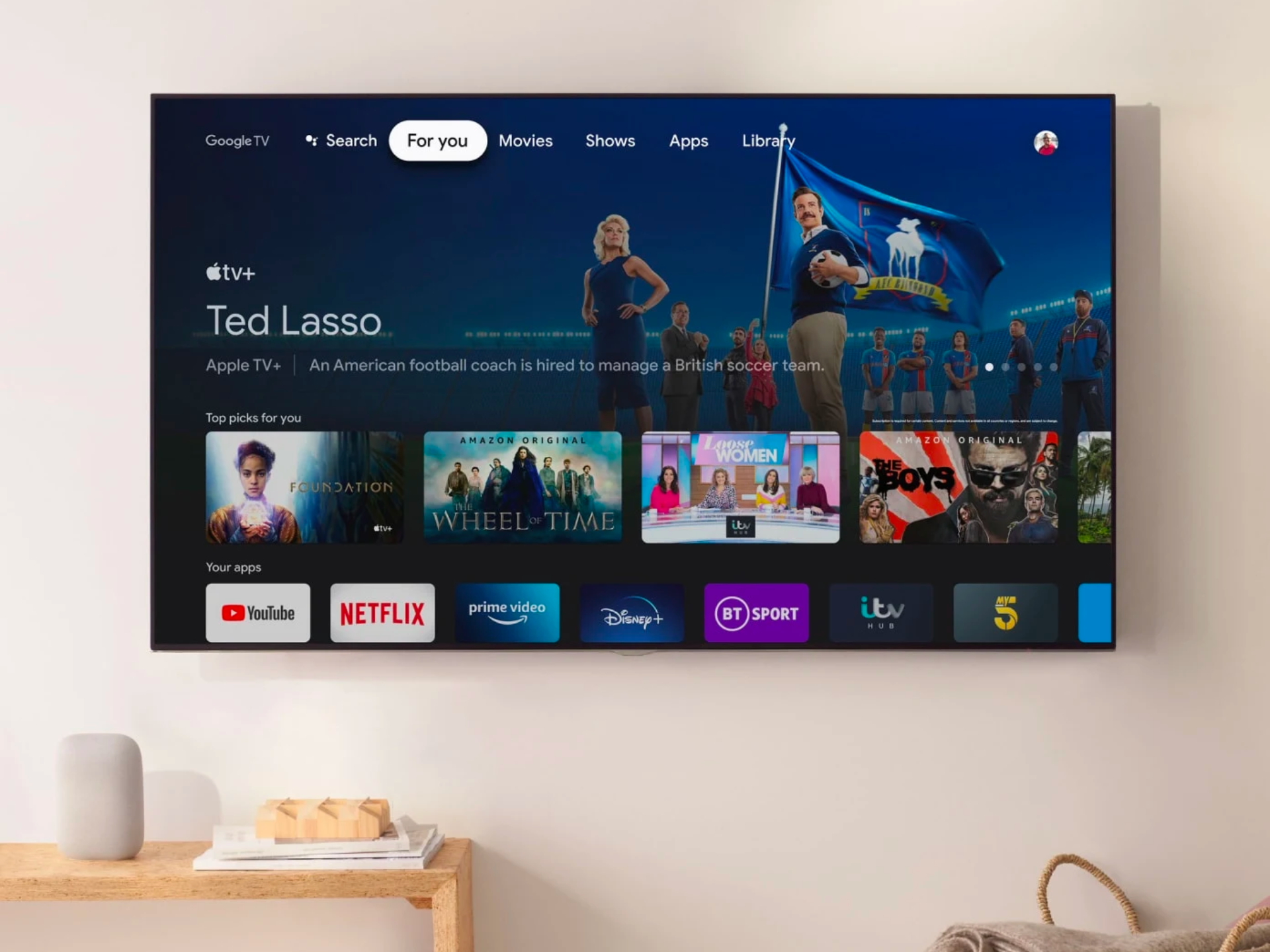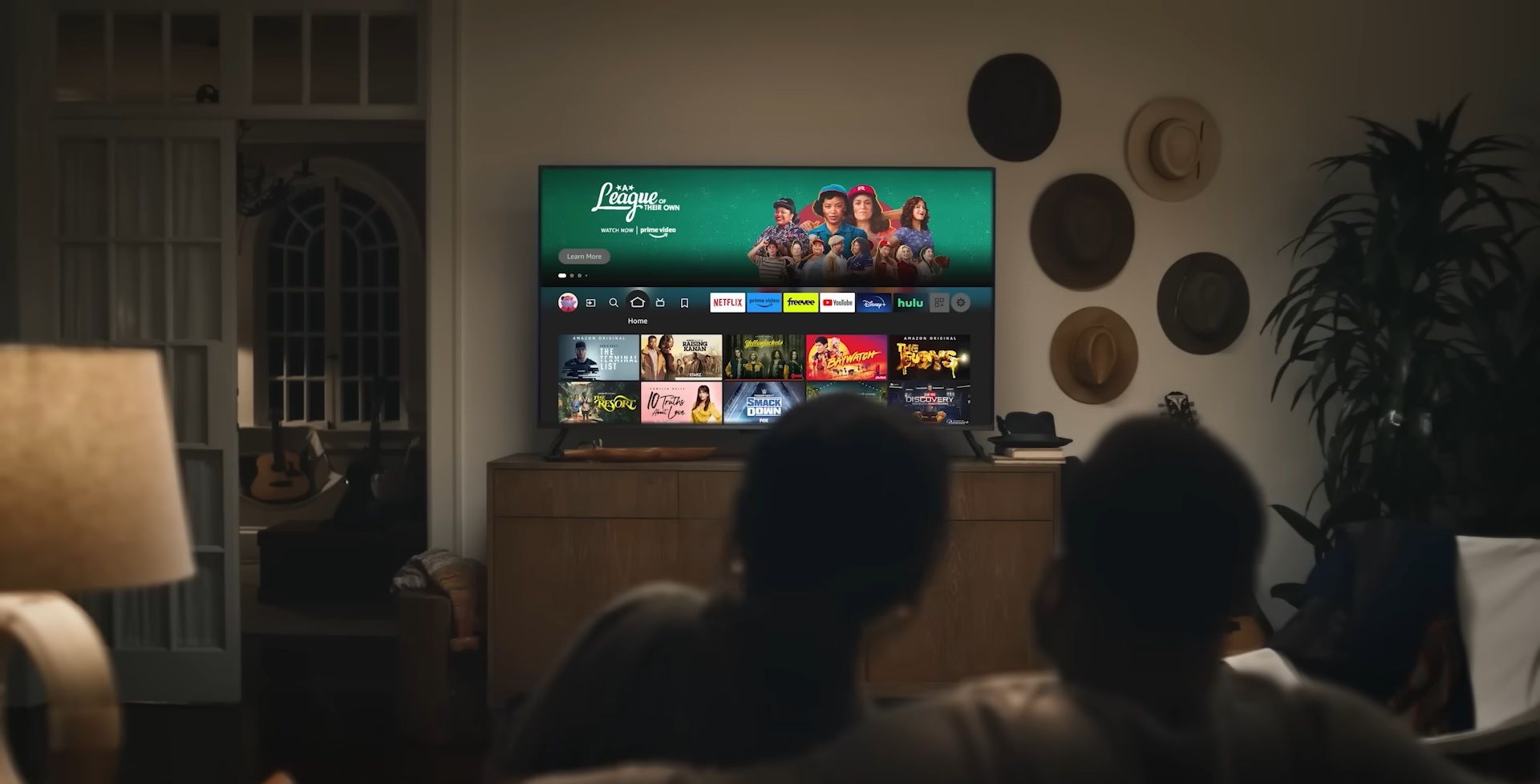
Google has Chromecast, and Apple has AirPlay. TV manufacturers, services, and app developers always had to ensure they support different casting technologies to provide the ability to share displays and content, but that’s about to change. The Matter Casting is a new open standard that aims to help open up and remove the limitations of such dedicated technologies to all devices that receive content.
Before we can dive into the differences between Matter Casting and Google’s Chromecast, we must understand both protocols and how they work in simple terms. Matter Casting could take off soon, and it’s important you know the differences and potential limitations that could come with future devices, apps, and services.

Best streaming devices in 2023
Here are some of the best streaming devices in 2023 from Amazon, Apple, Google, Roku, and more
What is Matter Casting?
Matter Casting is an open protocol that enables devices to cast various services onto devices. If you’ve ever used Apple’s AirPlay or Google’s Chromecast, you’re most likely aware of how casting generally works. The primary difference between Chromecast and Matter Casting is that Matter’s solution is an open protocol allowing devices to control displays.
Matter Casting has the ability to replace proprietary casting solutions from Apple and Google, enabling users to use a single open system to cast to their devices. Matter’s solution will allow control of TV’s core functions, such as changing the volume, channel, controls, and go as far as switching between HDMI ports. This also means that once developers and service providers hop on board and implement it in their apps, it could be supported in many popular services, such as Netflix, Amazon Prime Video, Disney+, and more.
Most importantly, TV manufacturers could also decide to support the new standard, enabling users to cast their devices’ screens onto the large screen. Panasonic has already announced that selected smart TVs with Fire TV built-in will support the new standard.
Matter Casting vs Google Chromecast
Google Chromecast is a proprietary casting system that’s explicitly supported by various streaming services, apps, and manufacturers. Not all TVs support the feature, and Samsung is well-known for limiting Chromecast on their devices.
Chromecast offers seamless integration with supported apps and devices. While it works well across a wide variety of products, it has to be implemented on a device-and-app basis, making it more complicated to support. The same could be said about Apple’s AirPlay feature.
While both casting services could be built into products, Matter Casting offers an easier solution for developers to implement the system while providing the same benefits. In fact, Matter Casting promises to be even more secure than existing casting standards.
Like Chromecast and other casting solutions, if Matter Casting becomes the new standard, smart assistants, smart speakers, and just about all the smart devices you can think about, start supporting it, enabling it to communicate with each other. Having an open platform could make things easier for all customers, as it could eliminate the need to buy certain hardware from a selection of manufacturers. It’s a big win for consumers.
Matter Casting offers a hassle-free experience and open-standard
Imagine a world where most manufacturers, streaming services, and apps use one open protocol. Smart TVs, smartphones, tablets, computers, and smart displays could all communicate with each other and display content without virtual borders. That’s the promise of Matter Casting, and we’re all for it.
Similar to Matter and other open standards that are being applied to smart home products, the new standard could take off, enabling users to cast their screens onto any device without worrying about whether it’s supported. Users could also use one single app to use and control their devices, instead of downloading a separate app every time they switch between devices.
Amazon has been a long-time supporter of Matter Casting, and the company recently revealed that its Fire TV and Echo Show 15 devices would use the open standard to “give customers more choice over the devices and services they use in their homes”. The changes will enable users to cast content to Fire TV and Echo Show 15 devices directly from supported streaming apps on both iOS and Android.
Matter Casting will also be supported in many more devices, services, and apps later in 2024, such as smart TVs from Panasonic with Fire TV built-in, and apps like Plex, Pluto TV, Sling TV, STARZ, and ZDF.
Of course, implementing a new open-source standard takes time, and compatibility and support from Android and iOS devices, as well as apps and services, won’t happen overnight. That said, Amazon implementing it in millions of devices is a good start, and it’ll be interesting to see who else and when they jump on the bandwagon, offering an ultimately better experience for their users to cast from their devices.
Which devices are compatible with Matter Casting?
Technically, all smart devices, including IoT devices, could support Matter Casting. However, given how new the standard is, at the time of writing this article, it’s only available on a very few select devices, such as the Amazon Echo Show 15. Future Fire TV devices, such as streaming devices and smart TVs will have the feature built-in, making it easier for consumers to cast.

Amazon Echo Show 15
Amazon Echo Show 15 is the Echo Show to have if you want a device that fits into the aesthetic of your home and can provide a lot of useful information easy to grasp with a glance.
Source link





